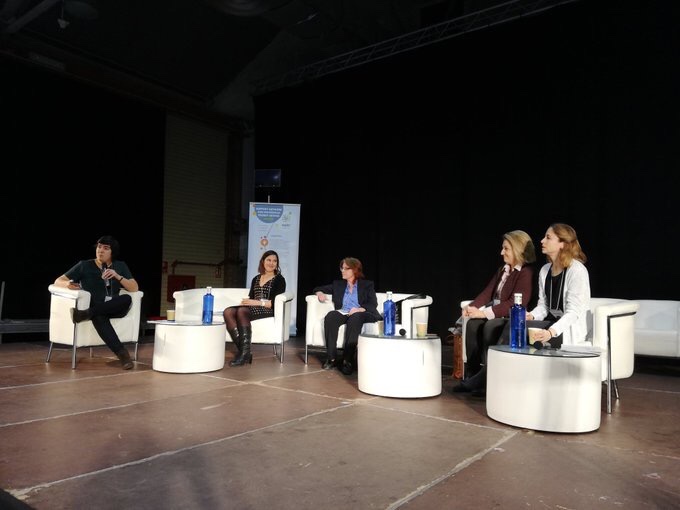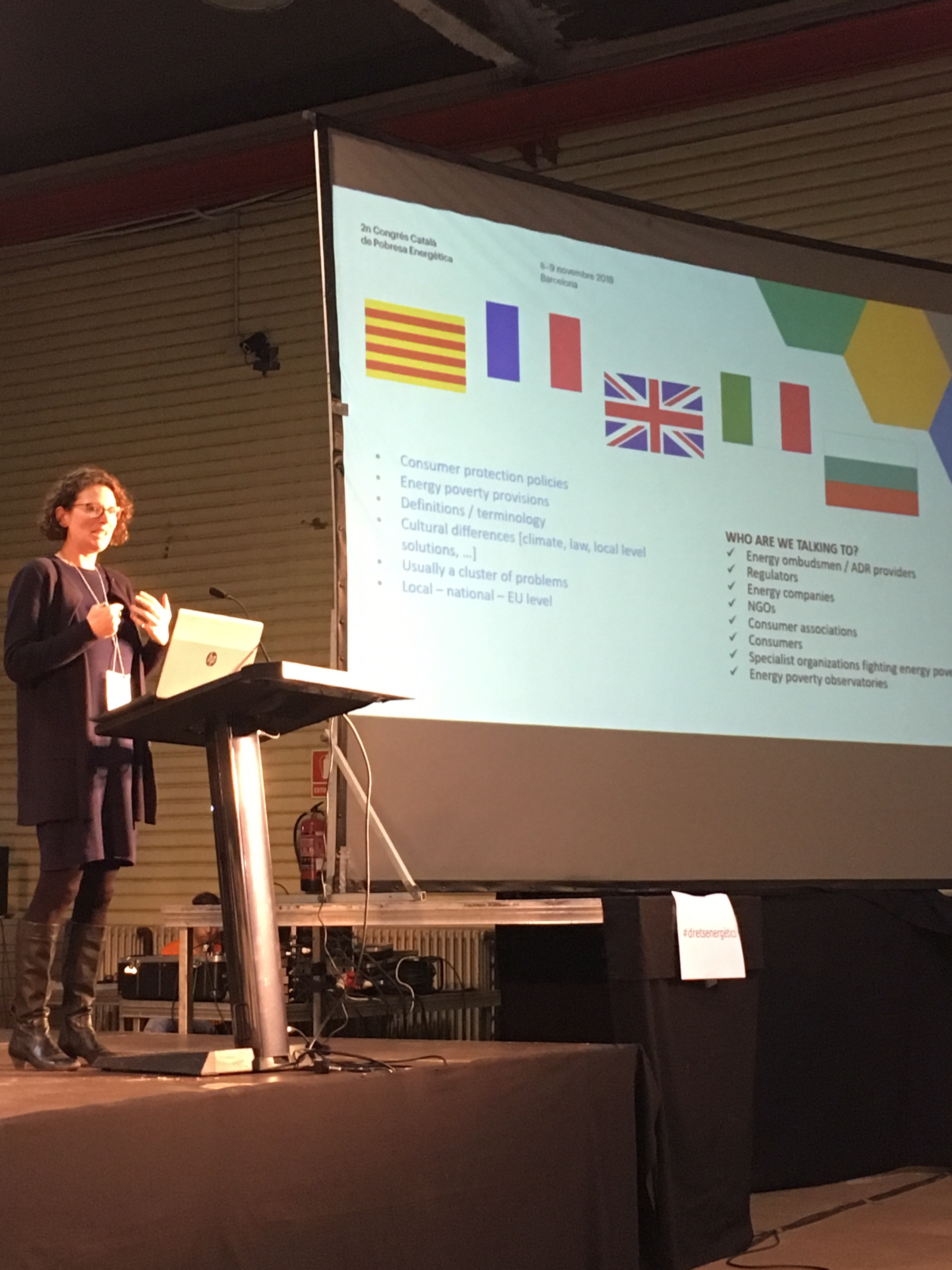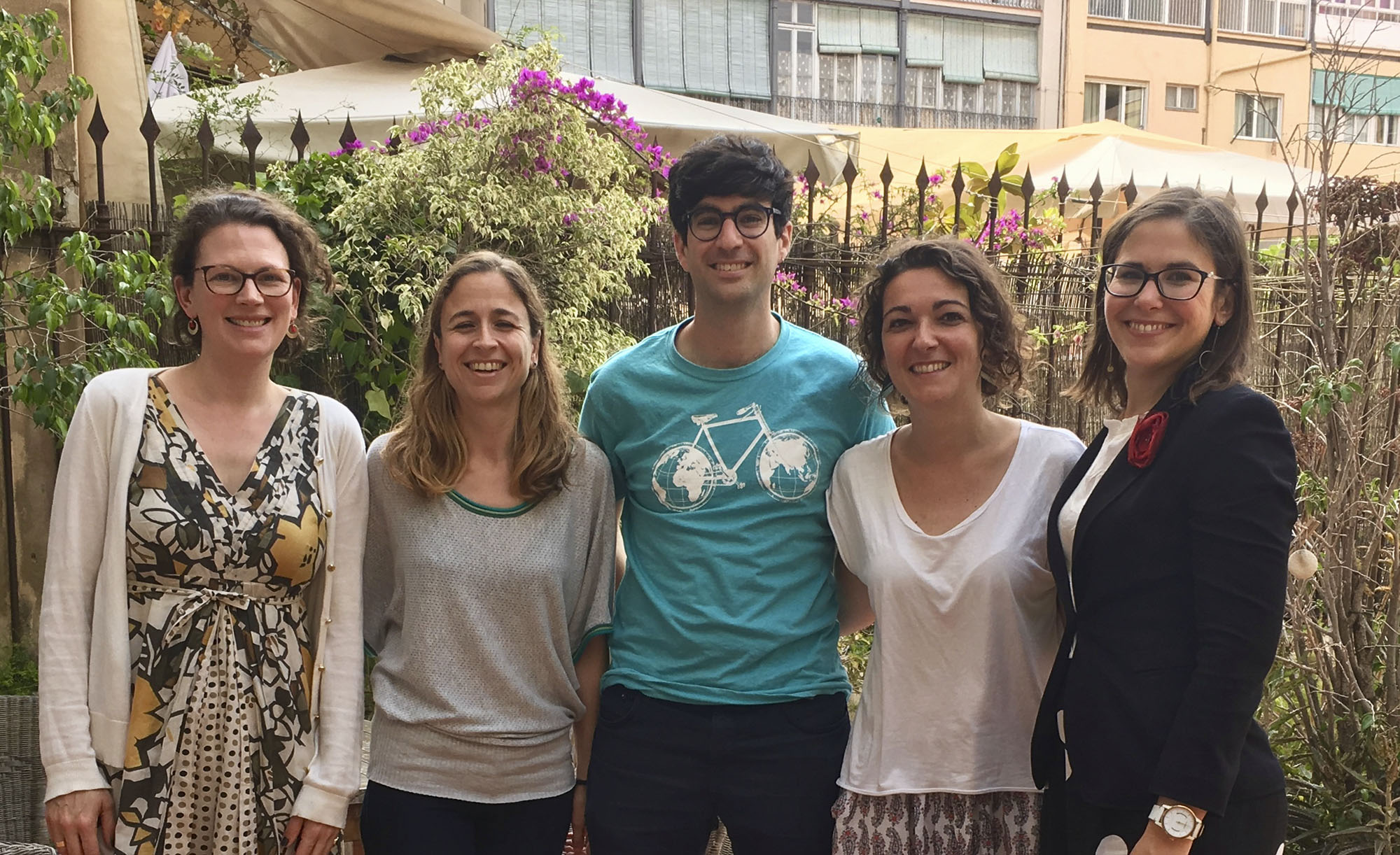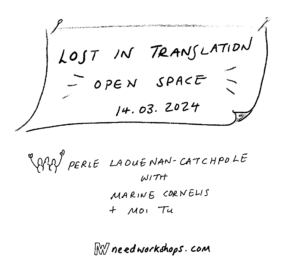This is an adapted version of an article written with Naomi Creutzfeldt and initially published on the ESRCJustEnergy website.
Naomi Creutzfeldt and I were in Barcelona at the Second Catalan Congress of Energy Poverty. This year, the debates and roundtable discussions of the congress focused on the causes that aggravate the problems of energy poverty and the current state of defence of energy rights at the local and European levels.

I was invited to talk about energy poverty mitigation initiatives in Europe. I put some existing curative and preventive measures into perspective, such as energy bonuses and retrofitting programmes.
I explained the limits and adverse effects that they could have if those measures are taken in silos, without taking enough into account all the parameters leading to a situation of energy poverty or vulnerability. I concluded that there is no one-size-fits-all solution for energy poverty and vulnerability problems, andand emphasised the importance to engage all the actors (local and national governments, private initiatives, energy companies, NGOs, schools, doctors, social workers, craft people and construction workers…), as well as the importance of training so that actors are able to identify and address the personal circumstances of the energy poor in a way that is sustainable for both the person and the planet. You’ll find here my presentation.

Naomi was asked to talk about our the ESRC Just energy project: Legal protection: access to justice for people in risk of energy vulnerability in Europe. She shared some of the initial motivations and ideas guiding the project, explaining the development from thinking about access to justice to vulnerability. She discussed the fact that most people who are vulnerable, especially those who are energy poor, do not access justice and asked: why are these people invisible to the system? Attending social workers recognised the challenges that Naomi posed and commented that in their experience, working closely with GP surgeries and local schools is of crucial importance.

It would appear that the discussion about energy poverty is situated between social, health, and energy policies, without clearly integrated strategies and synergies between the actors. Furthermore, the climate is often completely absent from the discussion.
At the conference, the metaphor of a train was used to explain energy poverty. The first carriage is comfortably occupied with first-class energy consumers, the second carriage is filled with most people, then there is a disconnect, maybe even a left-behind carriage filled with energy-poor people. The pace the train is travelling at determines the distance that the last carriage has from the train. We need to be mindful of not losing that (already left behind) carriage!




